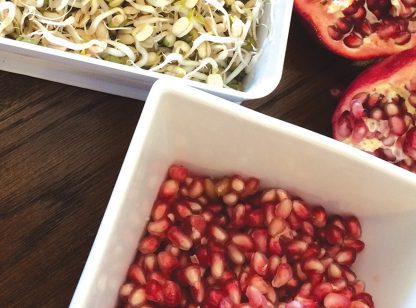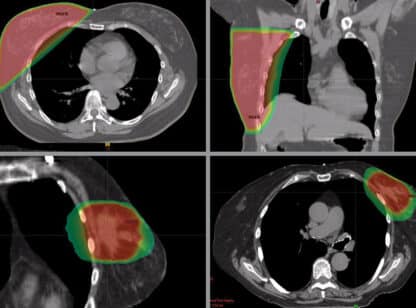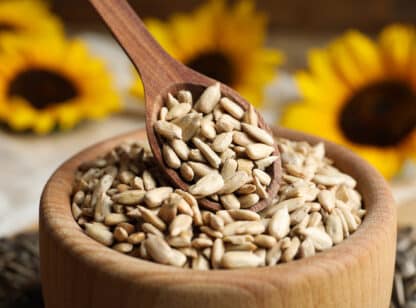Average American adults eat 10-15 grams of fiber daily, significantly less than the 22-34 grams recommended to prevent common health maladies including obesity, cardiovascular disease, digestive disorders and colon cancer. Current research supports even higher recommendations of 50 grams daily for ideal metabolic health, which includes optimal blood sugar (fasting glucose), triglycerides, HDL cholesterol, blood pressure and waist circumference.
Despite the health benefits of lower-carb diets, fiber is a carbohydrate, so fiber intake is reduced when eating fewer carbohydrates.
Fiber’s best-known role is supporting the movement of food and nutrients through the intestinal tract for regular bowel movements, lowering LDL cholesterol and raising HDL. Fiber also helps slow down blood sugar absorption, reducing insulin levels so your body can use stored fat for fuel and suppresses a hormone called ghrelin that signals hunger to the brain.
There is also new research on its benefits in significantly improving acid reflux. It’s hypothesized that increasing motility in the intestine and strengthening the contraction of the lower esophageal sphincter helps prevent acid from backing up.
Lastly, soluble fiber is a prebiotic and feeds the gut microbiota, the habitat of microorganisms, such as fungi, bacteria, archaea, protists and algae in the large intestine. As food passes, these microbes take the phytonutrients and fiber to produce neurotransmitters, fatty acids and vitamins and regulate gene expression to support our overall physical and mental health.
These microbes thrive on variety, so strive to eat 30+ unique, colorful vegetables, leafy greens, mushrooms, onions, garlic, fruits, nuts, seeds, herbs, teas and spices weekly. Great sources of fiber are berries, lentils, nuts, seeds like chia and ground flaxseeds, chickpeas, quinoa, avocado, apples, winter squash and broccoli.
Using an app like Cronometer or MyFitnessPal to track your fiber intake for a few days will give you a good starting point. From there, gradually increase your intake by no more than 5 grams daily since increasing too quickly may cause GI distress. Soluble fiber requires water to move through the gut, so aim for half your body weight in ounces of water daily, preferably 16 ounces or more between meals and no more than 8 ounces with meals to prevent diluting stomach acids from breaking down foods. Generally, getting fiber from whole foods is better than through supplements.
Note that fiber has a beneficial anti-inflammatory effect and aids in digestion in most healthy people. Still, researchers have found that select unfermented fibers increase inflammation and worsen symptoms in some inflammatory bowel disease (IBD) patients with missing or malfunctioning gut microbes. So, it’s wise to work with a practitioner and to start slow and track carefully to figure out what works best for you.
The good news is the gut microbiota responds quickly to dietary changes in as little as three days, so start tracking and please share your experiences with me via email. I would love to hear what you’ve discovered.
Regina Basterrechea is a functional nutrition and lifestyle practitioner with Nutrition on a Mission and can be reached at regina.basterrechea@gmail.com or (760) 799.6550. For more information, visit www.PersonalNutrition.Coach.


















































Comments (0)